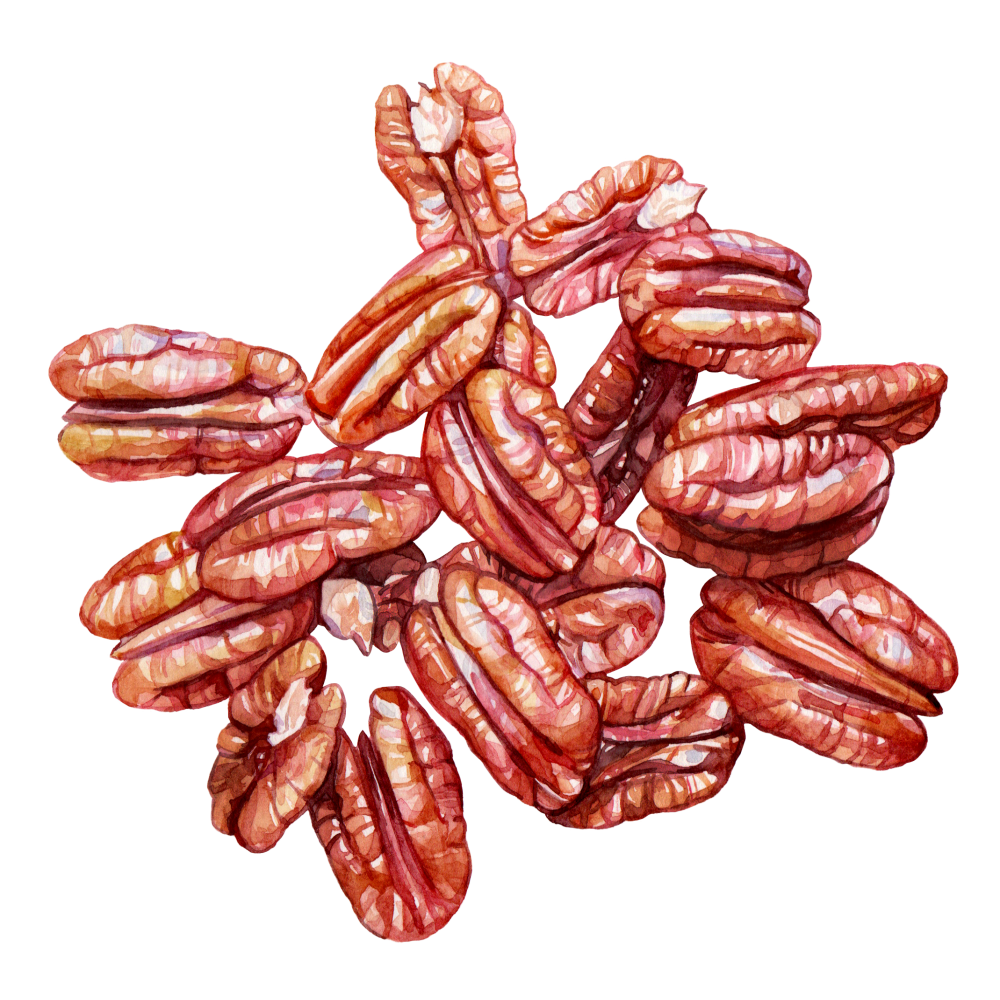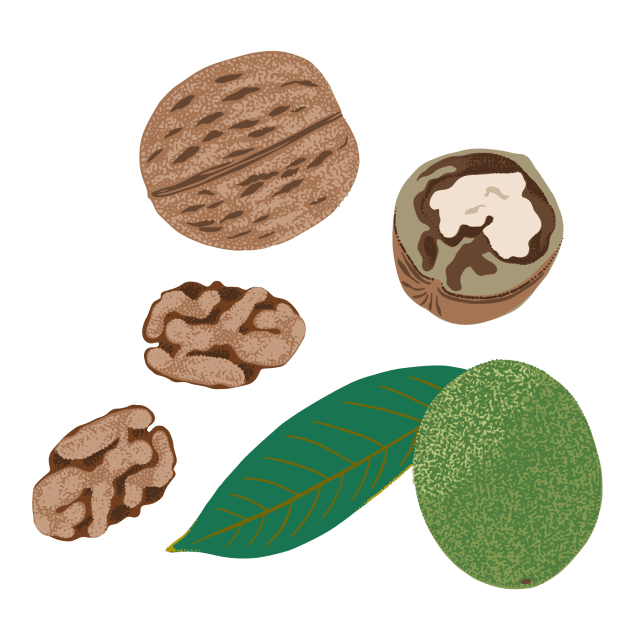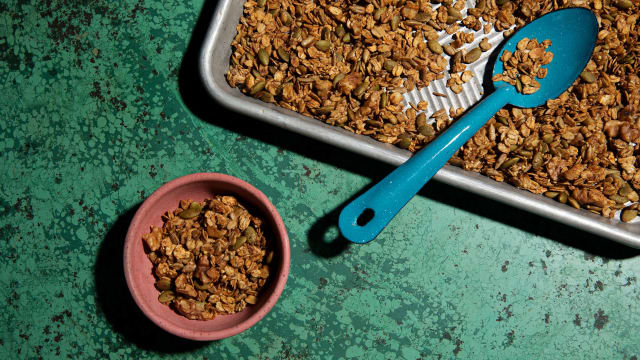Pecan

Latin name: Carya illinoinensis
Uses: nut
What are pecans?
Just like their cousin the walnut, pecans are a flavorful, oily nut. But unlike the cosmopolitan walnut, pecans have a more regional devotion in the US South, like its other cousin, hickory.
Why are pecans healthy?
While all nuts contain healthy fats, protein, and fiber, pecans also provide manganese, thiamine, and copper. This unique nutrition profile reduces inflammation and oxidative stress and benefits your heart and brain.
What do pecans taste like?
Pecans have a fragrance and flavor that’s warm-sweet, toasty, and buttery, especially when roasted. Their texture is crisp and slightly oily, with a thin skin similar to their relative walnuts (though pecan skin is less bitter).
How do I use pecans?
Pecans make a superb sub for pine nuts in pesto, and they can be subbed for walnuts in lots of recipes — their flavors and textures are similar enough to swap out in baked goods, pilafs, and salads.
What do pecans pair well with?
Pecans are probably best known in pie because they pair so phenomenally with brown sugar and maple syrup, salt, caramel, butter, and bourbon. Any other flavors that go with these — think bananas, pumpkin (and other rich winter squash), chocolate, and smoke — will also be natural matches for pecan.
For a complete marriage of these flavors, try simmering pecans in maple syrup (then straining) to use in bourbon cocktails with a smoked water ice cube. Sprinkle wedges of roasted, miso-glazed kabocha squash with chopped candied pecans. Or go for the classics — chocolate-caramel pecan turtles, pecan sandies, or maple fudge (all will be improved with a sprinkle of flake sea salt).
Where do pecans grow?
Pecans are an American crop — it is estimated that more than 90% of global production is in the United States and Mexico and around 30% of the US market still comes from wild pecan groves. Pecans need hot, humid summers to thrive and naturally grow in riparian corridors along creeks and rivers.
How to buy pecans:
When shopping for pecans, look for plump, smooth nuts (or nuts that feel heavy for their size, if buying them in the shell). The bags of broken pieces sold for baking and candies are also fine — just check the date for freshness.
Surprising pecan fact:
Though there are now hundreds of pecan varieties, pecans were one of the most recent crops to be domesticated — they didn’t come into commercial cultivation until the 1880s, thanks to a grafting technique developed by an enslaved Louisiana man known only as Antoine. Because of their historic use by indigenous people, many American varieties are named after tribes of the southern US, like Pawnee, Wichita, Sioux, Cheyenne, and Apache.







